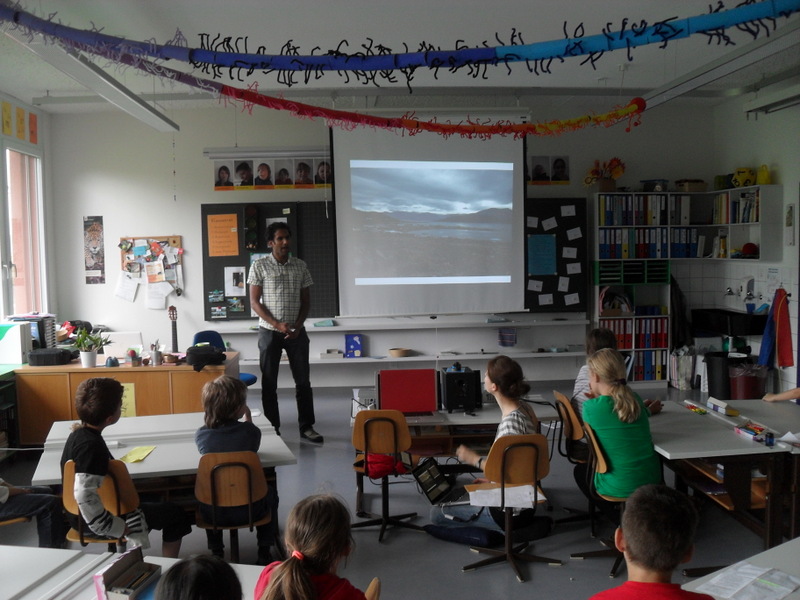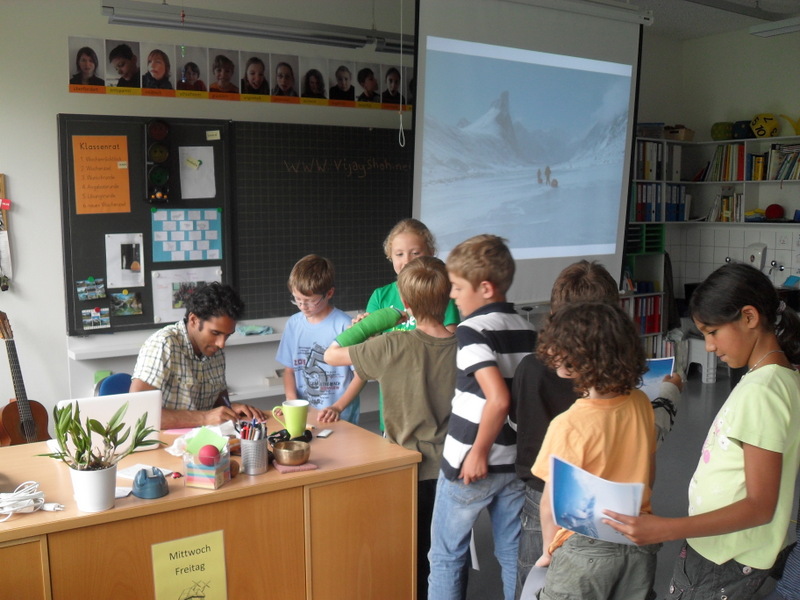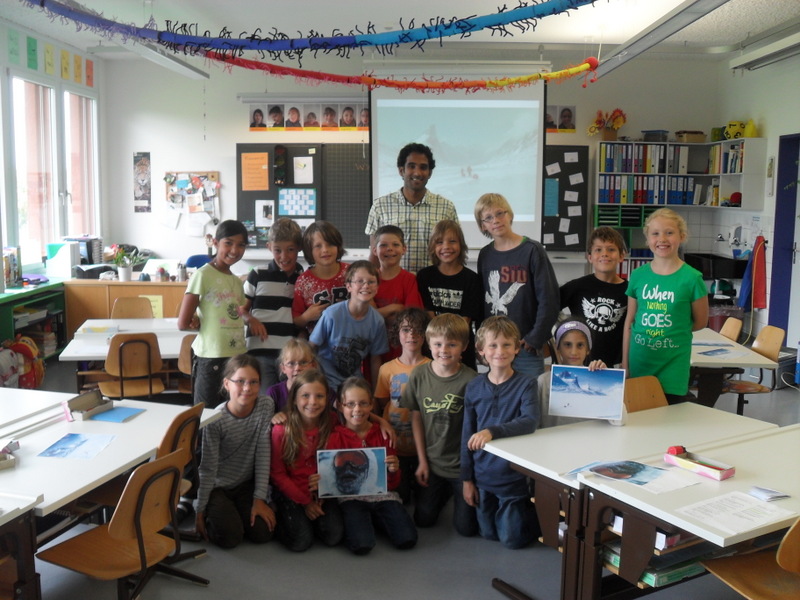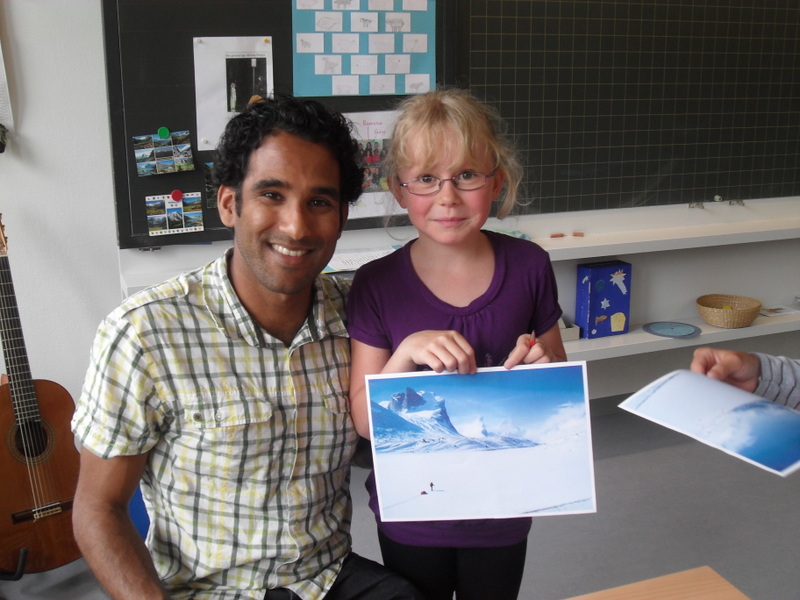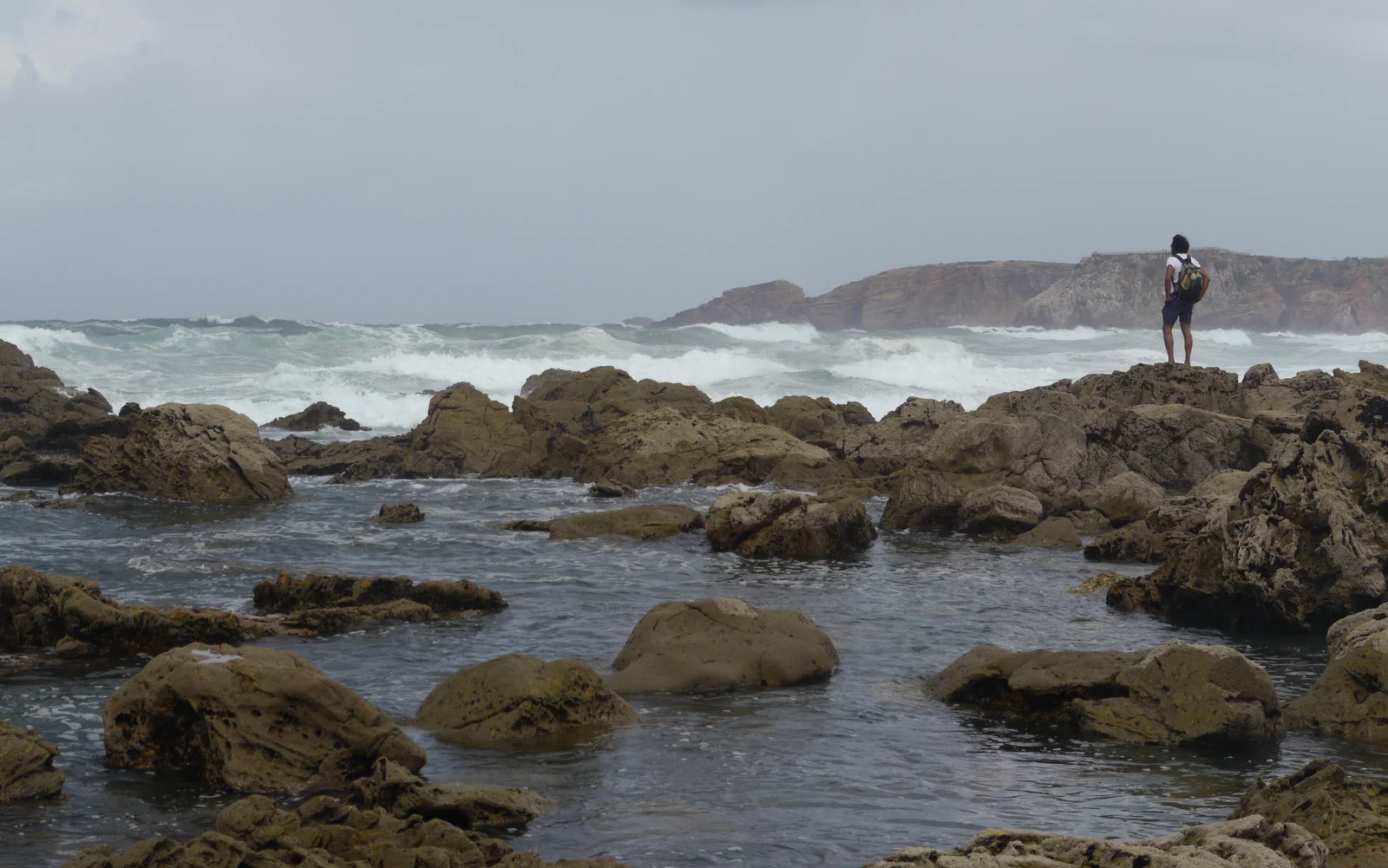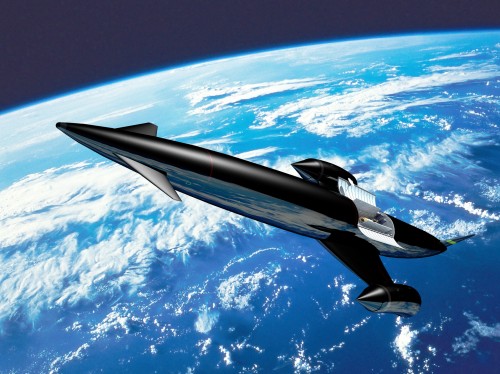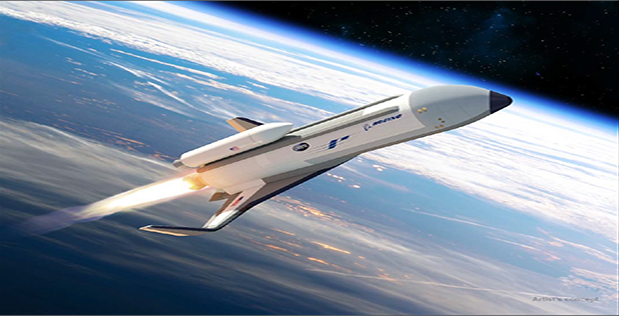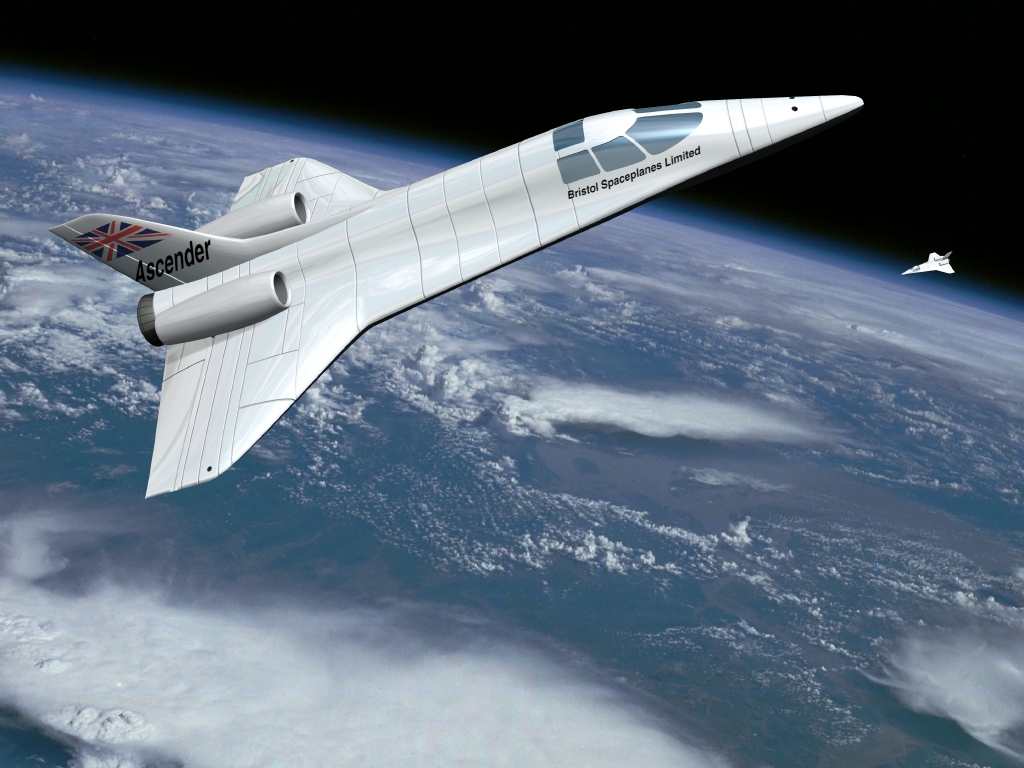Last week I had the honour of presenting the Gold Duke of Edinburgh awards at Buckingham Palace. I talked to the awardees about my own journey of development, about the importance of pushing boundaries and always trying new things. After the ceremony was over, and while we were soaking up the atmosphere in the Palace gardens a young man approached me and asked me a question that caused me to stop and think. He asked me ‘after all that I’ve experienced through my travels and expeditions what is the greatest lesson I have learnt?’
ASTRONAUTS: WHY THE FUTURE MUST HAVE WINGS
**SPOILER ALERT** If you haven’t seen it yet, watch Astronauts: Do You Have What It Takes? Episode 4 on iPlayer first.
One of the tests that we were given was to present to the panel on a topic of space exploration. Being an aerospace engineer my talk was on a topic that has fascinated me since childhood: Access into Space.
Why The Future Must Have Wings
The hardest part of space travel in our near solar system is getting into space in the first place; out of our atmosphere.
So far the only way we have reached orbital spaceflight is by rockets and these, on the whole, are inefficient, expensive and unreliable.
In comparison, aircraft are very efficient, reusable and for anyone who has flown half way across the world on holiday, incredibly affordable.
In order to understand the difference between these two technologies that have developed over a similar timeframe we really need to understand how a rocket engine works:
· A rocket engine operates under the same principle of if release a blown up balloon. By accelerating a large amount of gas out of the back, an equal and opposite force is imparted onto the rocket pushing it upwards, as described by Newton’s third law of motion.
· The rocket is generating these hot, compressed gases internally through combustion. For any combustion be it a rocket or a campfire, you need three things: a fuel source, an oxygen source and a heat source. The rocket carries all of these components on board with it in stored energy and as a result becomes extremely heavy. This is evident when we see that the oxidiser is six times heavier than the fuel source!
· But this does give it one big advantage, the rocket can operate in the vacuum of space but must result in expending it’s stages as it goes up to reduce mass. And the atmosphere is just a hindrance.
In comparison, the airliner doesn’t see the atmosphere as a disadvantage but uses it beneficially in three different ways:
1. The atmosphere provides the aerodynamic lift on the wings providing the upwards force opposing gravity.
2. Instead of carrying the oxygen with it, the jet engine uses the oxygen in our atmosphere for combustion, and
3. Crucially the jet engines use the air as the working fluid or propellant. The big fans and compressors, suck the air in, compress it, heat it up in the combustion chamber and accelerate it out the back creating the equal and opposite force pushing the aircraft forward.
A much more elegant and efficient solution. Clearly the future of space access must our atmosphere as a benefit rather than always seeing it as a hindrance.
That’s why there is a lot of interest in developing single-stage-to-orbit spaceplanes.
A spaceplane takes off and lands just like an aircraft and uses an air-breathing engine and wings to climb to the upper reaches of our atmosphere travelling at Mach 5, or five times the speed of sound. As the air becomes too thin for the air-breathing engine, the intakes close off and it switches to a rocket engine, accelerating to Mach 25, for the last and final push into orbit.
Now imagine this, as our single stage to orbit vehicle hasn’t jettisoned it’s fuel tanks on its way to orbit, as soon as we reach orbit we have many more options open to us: We can refuel the spaceplane with a conveniently placed orbital refuelling station giving it enough fuel to gently pop over to the moon for a supply trip or a tourism visit and after a few days it will coast back to Earth and re-enter the Earth’s atmosphere. But the benefits don't just stop there, with the much superior re-entry characteristics the spaceplane offers it can land on one of several runways around the world and after a quick check over, a refuel, it is ready to go again. Completely reusable.
And that is why the future must have wings.
Astronauts: Do You Have What It Takes? Episode 5 is on Sunday 24th September at 8pm BBC2.
ETE LEADERSHIP COURSE – KAUST, SAUDI ARABIA
In January 2016 I had the pleasure of running a leadership course at the King Abdullah University of Science and Technology. Over the four day workshop, 20 post graduate students had the opportunity to learn and develop their project management and leadership skills and enhance their self confidence in preparation for future work and study.
ETE Leadership course students with instructors David and Vijay and KAUST coordinator Petrina.
Given from an expedition perspective the skills they learned are applicable and transferrable to all possible work and career paths that they may wish to pursue. The workshop started off with two classroom sessions to learn the theory of leadership and teamwork which culminated in the students organising an overnight camp in the desert.
Setting up camp
Over the two day outdoor phase the students each had the opportunity to lead tasks, take responsibility for their team and work together to achieve time critical objectives. They had the opportunity to put the theory they learned into practice and observe and reflect on their own and their teammates’ leadership qualities and styles.
"Different leadership styles are applicable for different situations."
Each of the tasks aimed to take the group out of their comfort zone in order for them to really understand who they are and how they react.
Night navigation in the desert
“You gain experiences and skills unmatched elsewhere and because Dave and Vijay [the instructors] are great people to get to know.”
Learning mountaineering knots
“I learnt a lot of new knots, some survival skills and some constructive critiques on my leadership technique.”
Camp beds down for the night (source: Greg)
“If I have the opportunity I would like to join again. I think it is a vital/fundamental programme for everyone. ”
Watching the sunrise
“It is well taught, they instruct you and make sure you are fully informed the entire time. They made what could be a stressful environment very calm and it was just a joy”
Source: Greg
Climate Change Through The Eyes of a Polar Explorer
I was privileged to give a talk to over 700 academics and students at the King Abdullah University of Science and Technology in Jeddah, Saudi Arabia on the greatest challenge that our species has ever faced. A transcript of the talk will be available soon, but for now here are some highlights.
If you're interested in the talk delivered to your institution, please send an email.
"The rapid loss of the polar icecaps affect our entire planet and is something we simply cannot ignore any further"
-Explorer and Filmmaker Vijay Shah at his WEP 2016 Keynote Lecture 'Climate Change through the eyes of a Polar Explorer'.
"We must reduce greenhouse gas emissions today. ... This 2 Celsius target for reducing global warming is dependent on our actions." - Vijay Shah, explorer and filmmaker #WEP2016
EC Bristol Drinks with Vijay and the Kumbh Mela: 1st May
Great to talk at Explorers Connect yesterday in Bristol and in Southampton last week.
See the full video of the Kumbh Mela below (excerpt shown yesterday):
Film and Photography in Polar Environments for UK POLAR NETWORK in Southampton.
Upcoming Talks...
Two talks coming up this month:
'Film and Photography in the Field' for the UK Polar Network at the National Oceanography Centre, Southampton, 23rd April 2014. PhD Students only.
'The Kumbh Mela - The Largest Human Gathering (Ever)' for Explorers Connect, Bristol, 1st May 2014. Open to all. Details here: http://www.explorersconnect.com/diary/bristol/expeditions/-/ec-bristol-drinks-with-vjay-and-the-kumbh-mela-1st-may-15967/
EC Bristol Drinks with Vijay Shah: 7th November
I'll be giving a talk at Explorer's Connect: Bristol on the 7th November. See link below for more details:
EC Drinks with Vijay Shah
The village of Chona (no electricity, no running water) PRESENTS: A special lecture on Aeronautics
The village of Chona, Zambia is not really a village at all but more of a focal point, a place of infrastructure where the wider community gathers. It has a health clinic, a school, a small market and a well meaning everyday the community for miles around descend to Chona before heading back to their small plots of land and huts in the evening. It is here at the local school, with so many pupils that the school starts at 7am to 5pm working in two shifts, where I offered to give a lecture on Aeronautics to the eldest math and physics class. The small classroom, packed with fifty Grade 9 pupils wait patiently as I am presented. As with the impeccable politeness of all Zambians they stand when I enter the class room, greeting me formally yet warmly. I forgot to ask them to sit and they continued standing until the head teacher intervened and gave the instruction.
As with schools in the UK, all the pupils wore a school uniform, shirt and tie for boys and skirt, blouse and jumper (?) for the girls. At this age in school, their shirts were not torn or over used and almost all had a note book to write in.
I started at the beginning. The most that any of these children had ever gotten to an aircraft is seeing the large airliners silently cruising through the blue skies kilometers above them. Had they ever asked themselves about how it could fly? Or even how big these aircraft were? From their astonishment I would say no. Their initial shyness, coupled with ignorance soon gave way to intrigue and fascination. Aircraft, aeroplanes, helicopters are understandable to small villagers like themselves who may have never even been in a car before.
They started answering the questions I posed them. One boy, even answered correctly as to why the aircraft needed a tail using his knowledge of the large African birds around them. Another correctly answered to what would happen if the aircraft started to go too slowly. Their questions too became more sophisticated, 'Sir, how do you get oxygen into the aircraft?', 'Why can't you open the windows?'
The greatest part of the lesson was taken up by practical maths. They were to work out in relation to other modes of transport how fast an aircraft travels at. Speed is not something they are accustomed to. The question 'How fast can you travel by bike?' Was met with shrugs until they could think about how far their house was and how long it took to get to school. 30 minutes to travel 7km equals 14km/h. The car, which most had never travelled on, was worked out to be at 120km/h. But how do you work out the speed of an airliner?
I gave them a few clues: 1) Airliners cruise at roughly Mach 0.9, 2) Speed of sound is roughly 300m/s. A few brave children, came to the black board to work it out. Having no calculators all calculation must be done long hand or mentally. When they worked out the speed at 972km/h they were astonished! Shouts of surprise and murmurs of disbelief filled the classroom and exploded to a raucous when they found out that fighter jets can travel at 2-3 times that speed.
Hands were shooting up now and the questions flowed one after another non-stop. But time was now over and I left them in a state of wonder.
As Mr. Moses, the senior teacher, said as we left, "Thank you. It is inspiring to the young village children to realise where they can emerge with studying and the usefulness of it."
[gallery]
Swiss Arctic School Talk
Last week I was honoured to being asked to present to a class of ten year olds in Switzerland about the Arctic. A bit outside my usual geographical sphere of presentations but after hearing what happened in their last lesson I could not say ‘no’. The class had been learning about the Polar Regions for the last five weeks and on their last lesson they had been asked to figure out what a certain website was about – my website. The main problem is that my website is in English and they are Swiss (German). Nevertheless they were quite proud of themselves to figure out that it’s a website of an Arctic explorer. But when their teacher told them that on Monday this Arctic explorer in question might be coming to school they were unreservedly ecstatic. One girl claimed that she will bring in her autograph book. Of course after hearing such a story I couldn’t say ‘no’.
Upon presenting to them I was amazed as to their level of comprehension. As requested from their teacher I did not descend the level of my English below what I would have used for a group of native English speaking ten-year old pupils and on average they understood about 50% without a translation into German. We had one morning scheduled about the Arctic but even as the school bell rang a cry of ‘more’ erupting at the back of the classroom spread throughout: ‘MORE! MORE! MORE! MORE!’
This week they learned about climate change and with enthusiasm like this, I still have some hope for the future.
